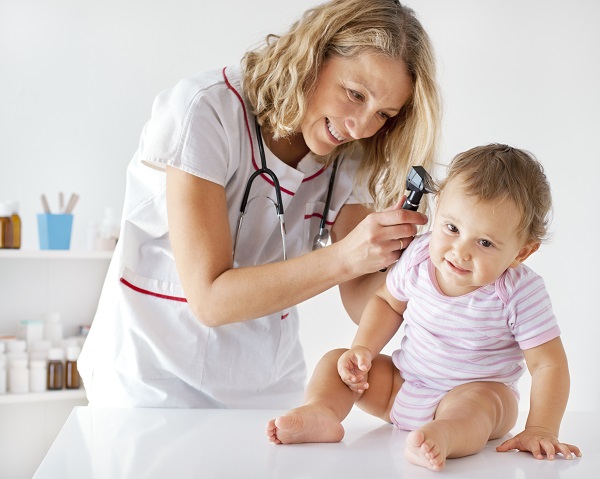Evidence suggests that young children and babies face disproportionate health effects from climate-related impacts1

Credit: ©iStock/vgajic
Young children and babies face disproportionate health effects from climate-related impacts relative to many adults2. Like older people, young children are more biophysically susceptible to hazards, including heat stress from hot weather3. They are more likely to be affected by hot weather because their bodies create more heat energy, they sweat less and dehydration affects them more quickly than in the case of healthy adults4. Young children with pre-existing illness, with disabilities, or who are overweight may be particularly susceptible. Some children may also have a higher exposure, e.g. in urban environments, particular building types or other hot environments such as parked vehicles, or they may engage in activities which increase their exposure and which in turn expose them to further hazards like air pollution5. Young children are also less able to adapt their own clothing and behaviour in response to over-heating. These are some of the reasons why there is evidence for increased hospital emergency admission rates for heat-related illness in children under five during hot weather6,7.
Living in a cold home has negative impacts on children’s health and wellbeing. For example, there is evidence for both lower weight gains in young children and babies and also increased hospital admission rates for children 8. Cold or damp housing is known to increase the incidence of some minor illnesses and exacerbate the severity of others in children9.More information about children and fuel poverty can be found here.
Evidence from Europe and elsewhere reveals that flooding has been associated with increased mental health and behavioural problems in children, such as aggressive behaviour and bed-wetting as well as increases in the incidence rates of a range of diseases10,11. Extreme events may also be traumatic and lead to potential developmental impacts12. Children’s stories of the impacts of the floods in Hull reveal the range of impacts which can affect younger children, including physical and mental health and the disruption of schooling and home-life13.
Young children can be affected anywhere that floods and high temperatures occur. However, there is a case for particular targeting of areas: where there are more children to be exposed; where the characteristics of areas increase exposure; or where children have other characteristics affecting sensitivity or exposure, such as ill-health or disabilities. Data available in the map tool gives an overview of the relative proportion of young children in your local area. Additional registers may be available through partnerships with service providers in health and social care, e.g. to identify young children who have multiple sensitivities, e.g. due to poor health or who live in households which are vulnerable for other reasons. More information about vulnerable groups can be found here.
General advice and guidance can be delivered through pre-schooling, nurseries and doctor’s surgeries to reach parents, carers and, using appropriate means, children themselves. Advice needs to recognise both that there is a higher chance of being affected and also that children are less able to adapt their own behaviour and so may not recognise the dangers of hot temperatures or flood waters. Guidance should be developed alongside existing information, such as that provided through the Heat Wave Plan for England, including specific guidance for those caring for small children during heatwaves14. In terms of flooding, building community resilience needs to tackle issues of health and safety, care in the case of school or nursery closures and also the longer term challenges of maintaining the wellbeing of children of all ages during the process of flood recovery15.
This summary highlights that there is a need to consider the specific needs of young children as part of the process of building more climate resilient communities. In this first version of the ClimateJust resource it has only been possible to provide a short overview of available evidence and outline a small number of the possible actions which might be taken in response. However, other parts of the resource provide additional relevant information and complement the information provided here. They provide further evidence, case studies and examples, list other possible actions, outline guidance on how actions might be achieved and connect you to other tools and resources. To find out more, consult the additional resources on:
-
Recommended general actions
-
Guidance for effective working through partnerships and community engagement.
-
Specific recommendations associated with other vulnerable groups. This is important as many of the factors affecting which people and places are more vulnerable to the impacts of climate change and extreme weather events are interconnected. The most extremely vulnerable children will be those who have multiple causes for their vulnerability, for example where they also have other characteristics which affect their vulnerability, such as being in poor health, living in particular types of housing or growing up in a low income household.
-
Mapped indicators, including maps of the relative proportion of children under 5 in the population in your local area against which you can map additional local data.
Back to the top

